About me: from Notepad to Netbeans
}.TXT
I got into the website bug around 1995 when the company that I was working for started putting PC's on everyones desk.
This was the beginning of the IT Revolution for me.
Web content was poor (by todays standards) but nevertheless it was new, exciting and anonymous. People were starting to put information on the web. While searching for 'something' I stumbled across a website that said that you could build a website using Notepad.
Notepad! What - free with Windows - Notepad?
Yep, it was true. (It still is true) All web development software packages are just glorified versions of Notepad. (That might be a slight understatement - but you get the idea!) And they were right. And I proved it. I wrote a website using Notepad, back in 1995.
.HTML
What I learnt doing this was HTML. Hyper-Text Markup Language.
It was hard and it was cruel. There was no help if you made a mistake, no colour coding, no code hints, no WYSISWYG view. That is the way to learn and I am glad that I learnt it. Some professional web developers can't write (or even read) HTML.
Firstly: HTML ain't hard - although good design and nice appearance are another matter.
Secondly: HTML isn't expensive to learn either. There are so many resources out there - the hardest part is.. ..well, there isn't one.
Thirdly: HTML is addictive. I find myself looking at posters or pictures and imagining me building it with tables, roll-overs, sliced images, etc.. (Geeky - I know!)
I have been doing this now for over 10 years. I am officially a Geek.
.PHP
Dynamic websites? That sounded too complicated.
I was introduced to PHP by a fellow developer - not really knowing what to expect and was hooked from day 1. I started building dynamic websites and learning on the job. When we finally stopped for a rest and looked at what we had achieved - it was awesome.
PHP is easy! (Did I say that about HTML?) And the support available available from fellow developers is huge.
After the initial learning curve of what is available, the majority of learning is logic. Using the tools provided - you can achieve anything.
.CSS
Not just styles.. ..but layouts.
CSS makes web-design (or is web-design all about CSS?). Anyway, CSS is awesome and I love it. (I also hate it at times.)
Web design these days needs to be optimal, you know, proper-like. Validation, positioning, cross-browser compatible, printer friendly versions etc..
CSS is commonly used for styling, but layouts - thats a different feed for the animals. CSS (and now CSS2) can be used for so much, we are all really playing catchup. It makes so much sense to have all repetitive stuff like "font-size = ...", "background-color = ..." blah blah in a separate file. This leaves less code on your web pages, therefore a higher percentage of relevant content, faster loading pages, better optimisation, higher page rankings, etc..
Its all good, but the web is evolving, so keep up or get left behind.
.JS
I'm not talking pop-up messages and form validation here.
I'm talking about Javascript's use in practical web applications. Web 2.0 to geeks.
WYSIWYG editors such as TinyMCE (and its less-easy-to-implement neighbour FCK Editor) have made editing webpages through the web possible and fun. Librarys like JQuery and Prototype, producing things like Thickbox, Lightbox, etc.. have made gallerys and pop-up information more interesting. And then AJAX. Ahhh.. ..this could be a section all by itself.
AJAX: Aschynchronous Javascript and XML; or querying the server and database through the XMLHttpRequest object, without having to reload the current page. Now that is cool, and its made the web much more interesting.
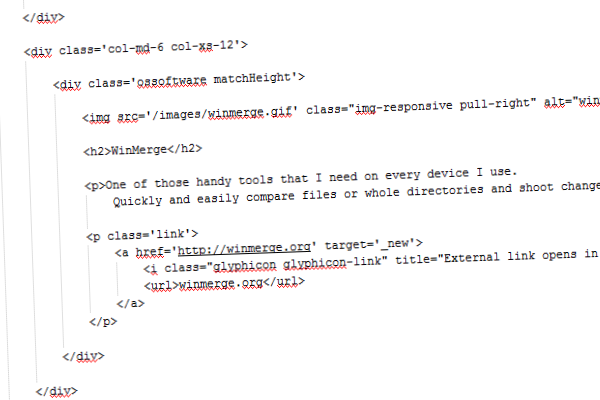 I got into the website bug around 1995 when the company that I was working for started putting PC's on everyones desk.
I got into the website bug around 1995 when the company that I was working for started putting PC's on everyones desk.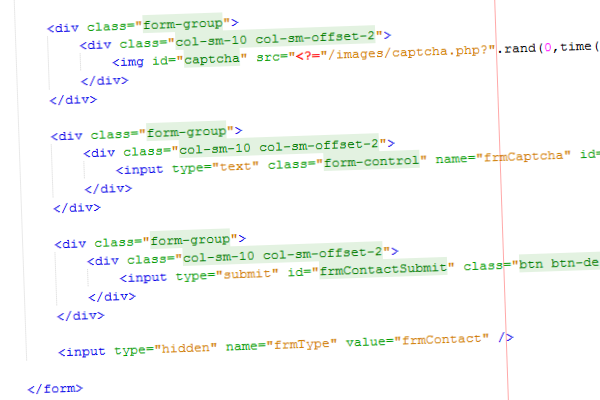 What I learnt doing this was HTML. Hyper-Text Markup Language.
What I learnt doing this was HTML. Hyper-Text Markup Language.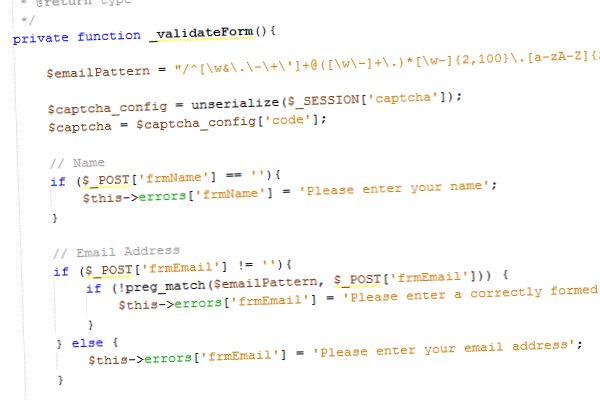 Dynamic websites? That sounded too complicated.
Dynamic websites? That sounded too complicated.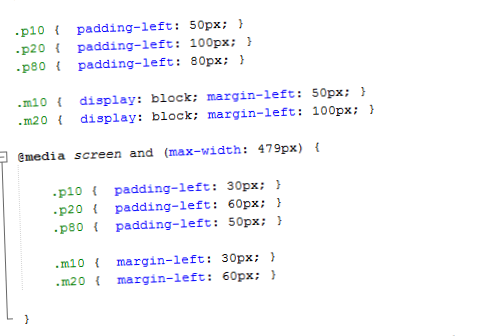 Not just styles.. ..but layouts.
Not just styles.. ..but layouts.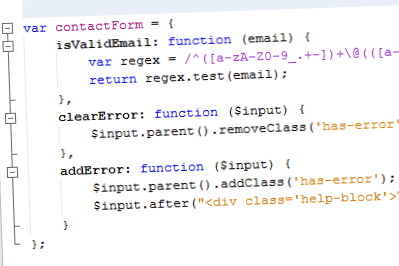 I'm not talking pop-up messages and form validation here.
I'm not talking pop-up messages and form validation here.